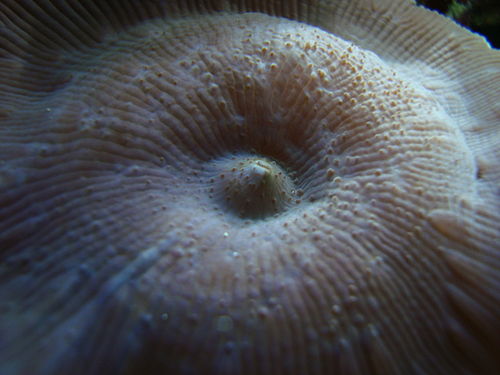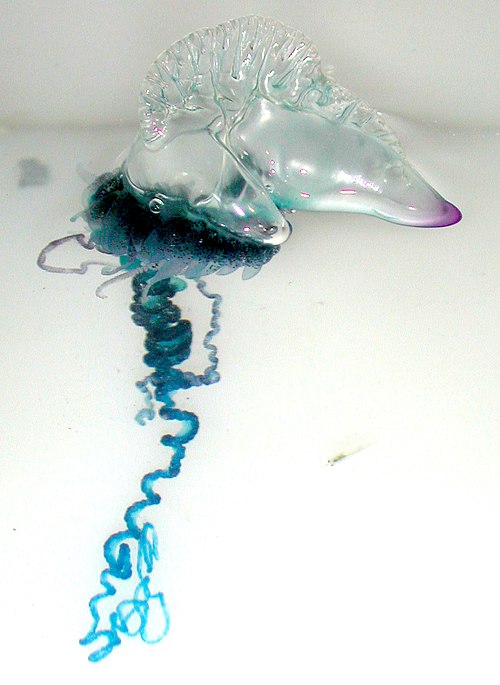Cnidarianoun
cnidarian
Cnidaria
A comprehensive group equivalent to the true Cœlenterata, i. e., exclusive of the sponges. They are so named from presence of stinging cells (cnidae) in the tissues. See Coelenterata.
Cnidarianoun
hydras; polyps; jellyfishes; sea anemones; corals
Cnidaria
Cnidaria () is a phylum under kingdom Animalia containing over 11,000 species of aquatic animals found both in freshwater and marine environments, predominantly the latter. Their distinguishing feature is cnidocytes, specialized cells that they use mainly for capturing prey.
Ctenophora
A phylum of invertebrates, commonly ellipsoidal in shape, swimming by means of eight longitudinal rows of paddles. They are commonly called the comb jellies, because the separate paddles somewhat resemble combs. This phylum was formerly classified as a subdivision (class) within the Cœlenterata.
Ctenophoranoun
comb jellies; sea acorns; a small phylum formerly considered a class of Coelenterata
Ctenophora
Ctenophora (; singular ctenophore, or ; from Ancient Greek: κτείς, romanized: kteis, lit. 'comb' and φέρω, pherō, 'to carry'; commonly known as comb jellies) comprise a phylum of invertebrate animals that live in marine waters worldwide. They are notable for the groups of cilia they use for swimming (commonly referred to as ), and they are the largest animals to swim with the help of cilia.
































